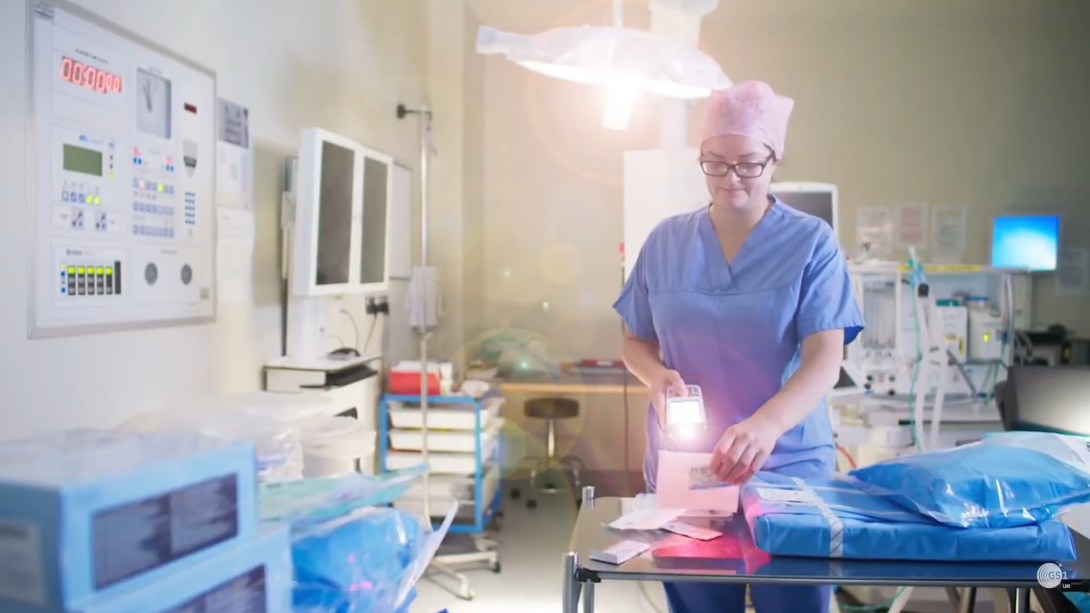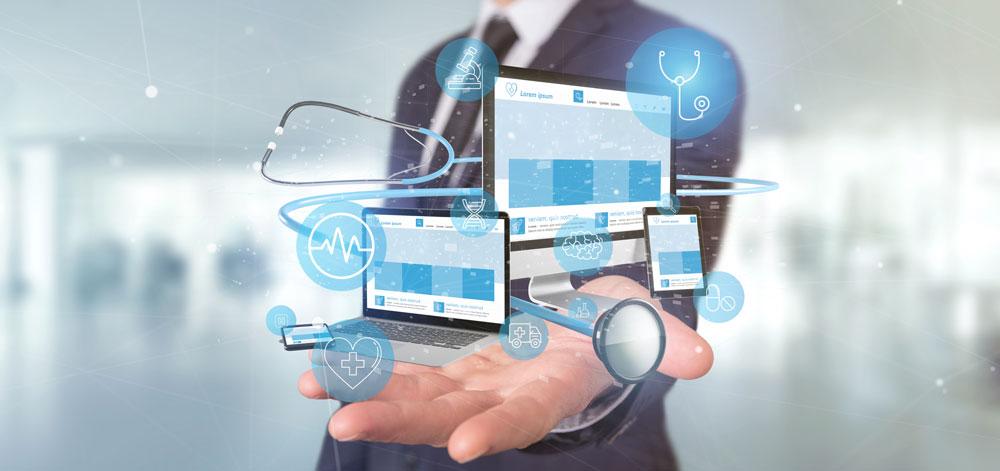The use of standardised data that can be captured at the point of care can make a significant difference in healthcare, writes Glen Hodgson, head of Healthcare at GS1 UK
A year on following the publication of the Independent Medicines and Medical Devices Safety Review (IMMDSR), and the recommendations outlined in the IMMDSR are coming to fruition.
One recommendation – for the creation of a national perioperative patient-identifiable database – is already evolving, as NHS Digital continue to develop what is now known as the Medical Device Information System (MDIS).
Established following a Direction from the secretary of state for health and social care, the national database is being formed to collate vital information pertaining to surgical interventions where high-risk medical and surgical devices are used. Its purpose is to match key product information about these devices which are classified as high-risk, directly to the patient and will cover all ‘NHS, private providers in England and across the devolved nations’ and so, will be applicable across the UK.
This will enable better post-market surveillance of devices based on procedural information that will help to monitor performance based on patient outcomes. Add to the mix the ostensible traceability benefits in events like product recalls or field-safety notifications, and there are greater measures in place to reduce the risk of harm to patients.
A two-pronged approach
There are two main components required to deliver traceability in a clinical setting – accurate unique-device identification (UDI) and the subsequent real-time capture of standardised data. Both points are evidenced in the Scan4Safety report, also published just under a year ago, which centred on the findings from the two-year Scan4Safety programme established by the Department of Health and Social Care in 2016.
For University Hospitals of Derby and Burton NHS Foundation Trust, being able to combine these two components has ensured a safer environment for their patients. Gavin Boyle, the trust’s chief executive, explains how implementing the Scan4Safety principles of identifying every person, every product, and every place, using GS1 standards has made this possible.
“Since Scan4Safety involves scanning a product to a patient – or into stock until it’s used – complete traceability is available at the click of a mouse. This means not only significant patient-safety improvement, but also that, in the event of a recall, staff spend much less time identifying products and patients.
“We know exactly what implants we have used on which patients, and we can tell you pretty quickly. If you take the surgical-mesh issue, we can tell you exactly which women have had which mesh implanted and which batch number, as we demonstrated when Baroness Cumberlege came to see our Scan4Safety traceability methodology in action. Most hospitals would be pulling all the paper notes of hundreds of patients and would sit somebody in an office to go through them and see if we can find it out – and that literally can take weeks.”
This also extends to the clinical teams, as highlighted by Lorna Wilkinson, former director of nursing and midwifery at Salisbury NHS Foundation NHS Trust: “Imagine the frustration of going to your implant and it’s out of date, so you need to find another implant which might be out of date too. Or, the worst happens, and that out-of-date implant gets through to the patient,” she argues that this also has a knock-on impact for staff satisfaction and that the resultant stress could further affect safety.
A tangible difference for NHS personnel
The efficiencies the Scan4Safety approach provides for staff makes a genuine difference. At Leeds Teaching Hospitals NHS Trust, staff deal with around 500 product recalls a year. Since the introduction of Scan4Safety, the average time taken to recall a product has fallen from 8.33 days to less than 35 minutes.
Without the accurate and unique identification of devices in place, the challenge of delivering traceability, efficiency and safety benefits will remain. Healthcare manufacturers and suppliers have already made strides in doing so, and several are already using UDI to make these benefits possible, but there is still more to be done to deliver these advantages on a larger scale.
The use of standardised data that can be captured at the point of care, can make a significant difference in healthcare. Irrespective of which data standards are used, or how the data is captured, the capacity to do so will allow for vital information to be identified, captured, and shared seamlessly between systems and organisations.
It is this interoperability of data that has the power to drive traceability in a clinical setting and change the way healthcare works for the better.
Glen Hodgson is Head of Healthcare at GS1 UK. He is charged with supporting the NHS and the healthcare industry to deliver greater efficiency and a more robust approach to patient safety.
With over 20 years of national and international experience, Glen has served at board level in a variety of operational and commercial roles within complex organisational structures inside the pharmaceutical/healthcare arena.





